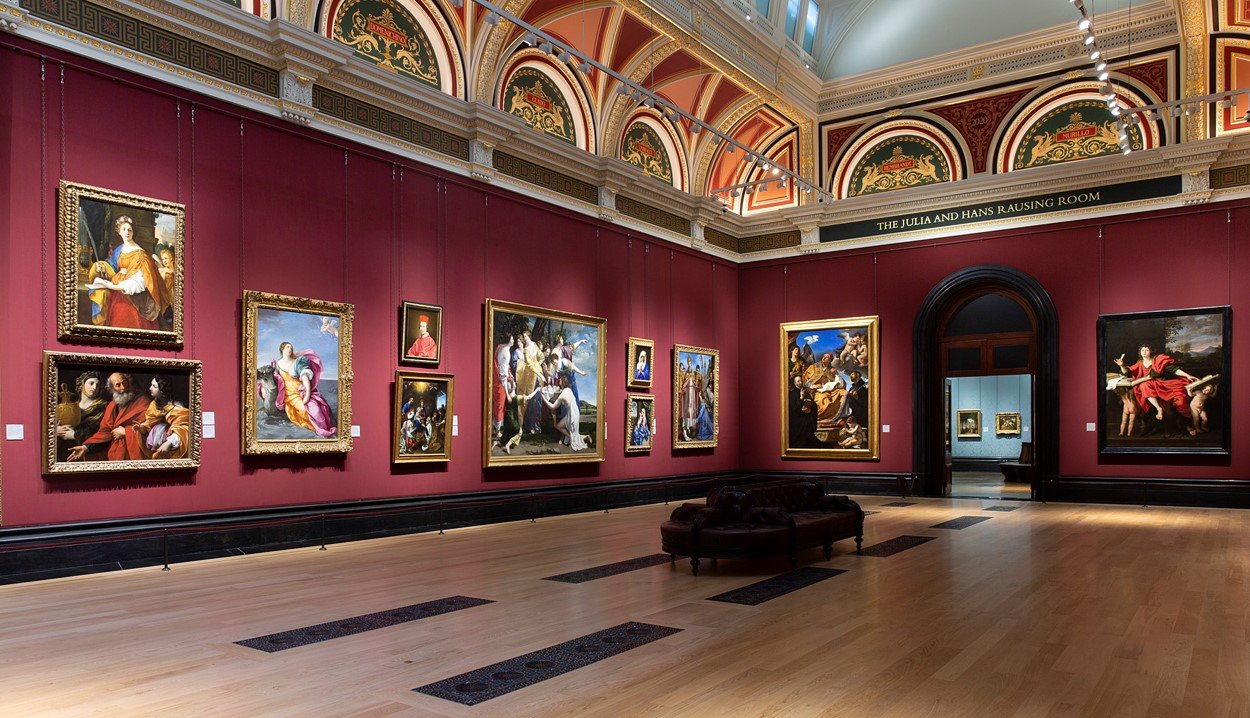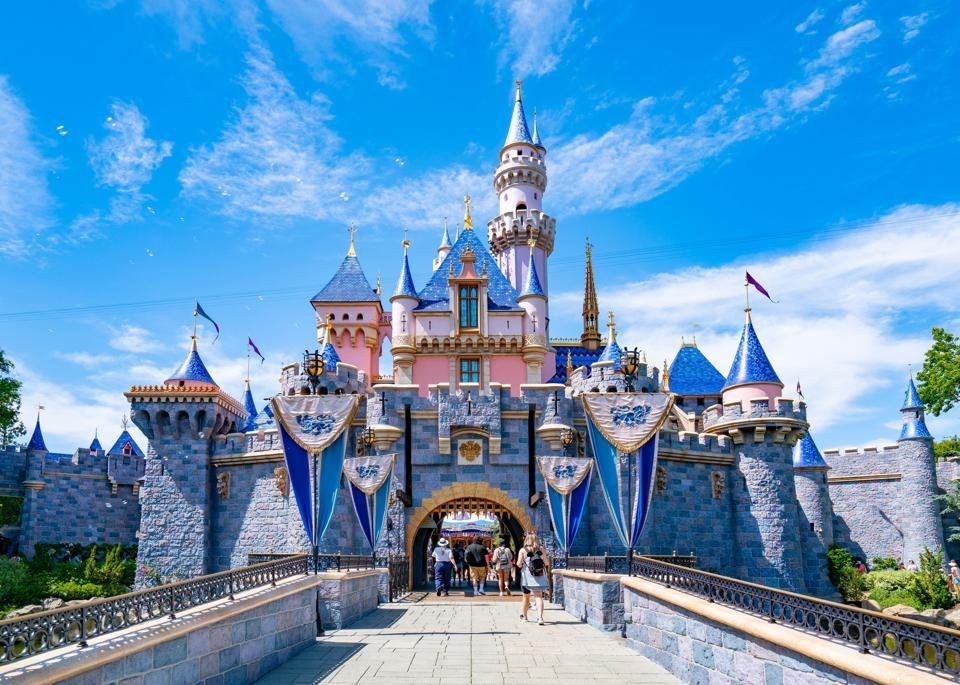Spacial Storytelling: from Caves to the Metaverse
Since the dawn of time humans have been storytellers, not only storytellers, but spatial story tellers. Using their surroundings to tell stories in imaginative and fascinating ways. In this presentation I will take you right back to the dawning of civilization to chart the evolution of storytelling through the medium of space.
Caves
In 30,000 BC long before homosapians existed our ancestors the Neanderthals would paint in caves. Although there is much confusion around how sophisticated Neanderthals were - could they talk, could they make fires, could they cook or pass on recipes, where they cannibals; the existence of cave art using tools and minerals, that have allowed the art to last the millenia shows archeologists that Neanderthals had a certain level of brain maturity and sophistication as a species.
Egypt
In Ancient Egypt around 1300 BC, the ability to read and write was a privilege only afforded to a few noblemen - from the military leaders who would pass messages to one another in battle, or government officials who kept records of how much grain or how many animals were collected in tax to priests who would decorate walls in Temples that showed the Pharaoh's respect for the gods and goddesses. When Pharaohs died, scribes and craftsmen would decorate the walls of tombs with spells that would enable them to pass onto the afterlife.
National Gallery
Winding forward now to 10 May 1824, William Seguier, a British art dealer and painter, became the first Keeper of the National Gallery when it opened. This was the first time a huge variety of art collections became available to the public, demonstrating the fantastic opportunities available to everyone in the UK to enjoy great art, something that would have never been possible for the majority of the British population, before public art galleries existed.
However, in elitist Britain other galleries such as the National Portrait Gallery were not so democratic in nature. Admissions would require tickets that had been requested in advance in writing – effectively ruling out the illiterate – and viewing was by way of a hurried tour, conducted by an often begrudging curator.
Pioneertown, California
Now heading over to warmer shores, in 1946 Actor Dick Curtis developed Pioneertown as an 1880s themed live-in Wild West living, breathing motion-picture Set. The town was designed to provide a place for movie production companies to enjoy and lead to a great era in Westerns.
Disneyland
In 1954 Walt Disney transformed a humble 160 acres orange grove into an enchanted land that’s had more visitors since it opened than any other theme park in the world.
The typical amusement park in those days wasn’t a family-friendly place to visit. They were dirty and disorganized, known for over-serving patrons at the beer stand and for attracting a criminal element. Disney wanted his park to be different.
Just one year and 17 million dollars later, Disneyland was ready to open its doors to the public. Although the park inspires happiness and joy, the history of Disneyland has had its dark spots.
On the day of the launch the weather was scorching 101 degrees;
More than half of the 28,000 people in attendance had “invited” themselves by forging tickets or jumping the fence to get in;
Due to a plumbers’ strike, Disney had to choose between working toilets or drinking fountains. He chose the former—which people might have been grateful for—but some thought it was a conspiracy by event sponsor Pepsi to make people buy their beverages;
As if that weren’t enough, a gas leak forced operators to close down three of the five “lands” just hours after the park opened.
Ever the optimist, Walt Disney still delivered his official dedication:
“To all who come to this happy place: Welcome! Disneyland is your land. Here age relives fond memories of the past, and here youth may savour the challenge and promise of the future. Disneyland is dedicated to the ideals, the dreams and the hard facts that have created America, with the hope that it will be a source of joy and inspiration to all the world.”
It seemed like the history of Disneyland would’ve stopped shortly after receiving all of the bad press and criticism from its opening, but Disney learned from its painful mistakes and fixed them. Even today you’ll notice the plethora of restrooms and drinking fountains, assuring no guest will have to be thirsty or uncomfortable. Within seven weeks of opening, one million people had walked through Disneyland’s gates.
Tomb Raider
From physical spaces, we now jump into the world of digital space with Tomb Raider, a media franchise that originated with an action-adventure video game series. In Tomb Raider, gameplay generally focuses on exploration of environments, solving puzzles, navigating hostile environments filled with traps, and fighting enemies. The series has generally met with critical acclaim, and is noted as one of the pioneers of the action-adventure genre.
The first Tomb Raider used a custom-built game engine, to realise the team's vision. The team pioneered a new camera control system that would automatically adjust depending on heroine Lara's action, but defaults to a third-person perspective in most instances. Another noted aspect was the multi-layered levels, as compared to equivalent 3D action-adventure games of the time which were limited to a flat-floor system. Tomb Raider III underwent major revisions, including rewrites to the graphics engine, improvements in the lighting and character animations developed using full motion capture, with Olympic gymnast Heidi Moneymaker.
Metaverse
And last but not least we have the Metaverse, which caught popular imagination when Facebook rebranded it’s company to Meta. The metaverse can include virtual reality—characterized by persistent virtual worlds that continue to exist even when you're not playing—as well as augmented reality that combines aspects of the digital and physical worlds.
Metaverse also translates to a digital economy, where users can create, buy, and sell goods. And, in the more idealistic visions of the metaverse, it's interoperable, allowing you to take virtual items like clothes or cars from one platform to another. In the real world, you can buy a shirt from the mall and then wear it to a movie theater. Right now, most platforms have virtual identities, avatars, and inventories that are tied to just one platform, but a metaverse might allow you to create a persona that you can take everywhere as easily as you can copy your profile picture from one social network to another.







